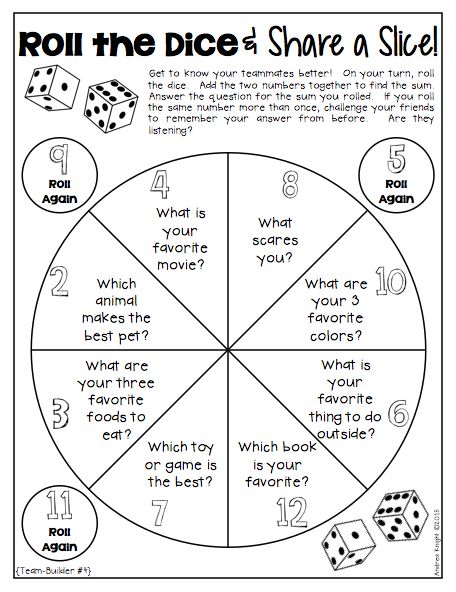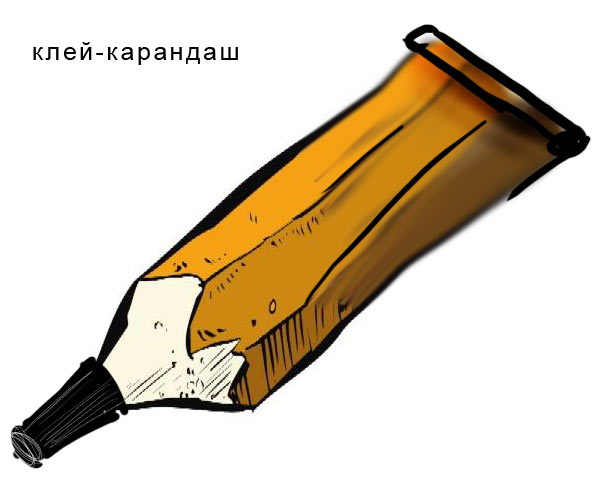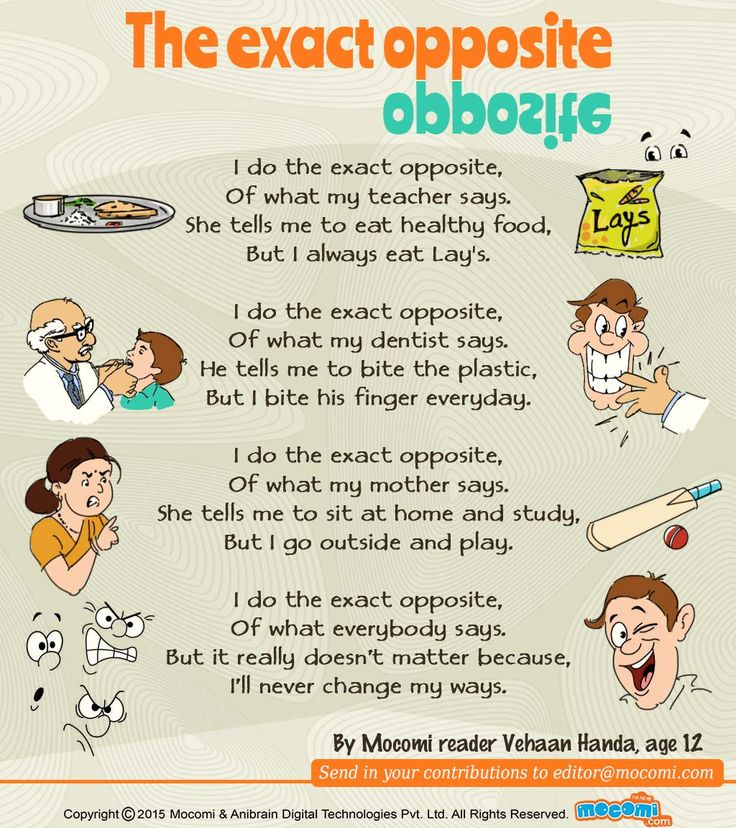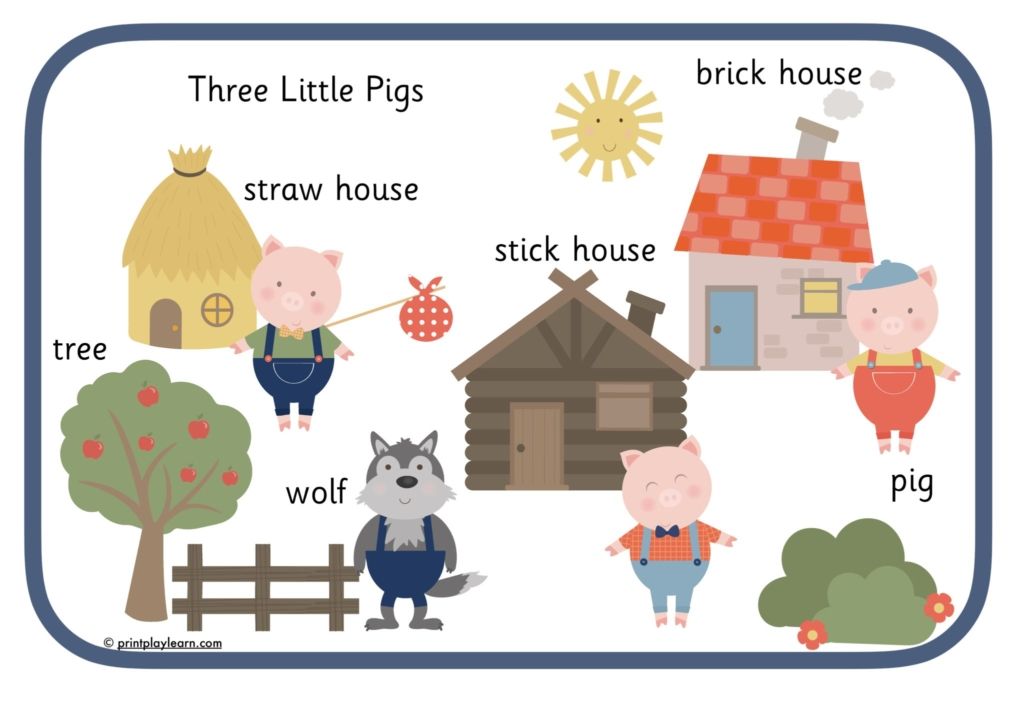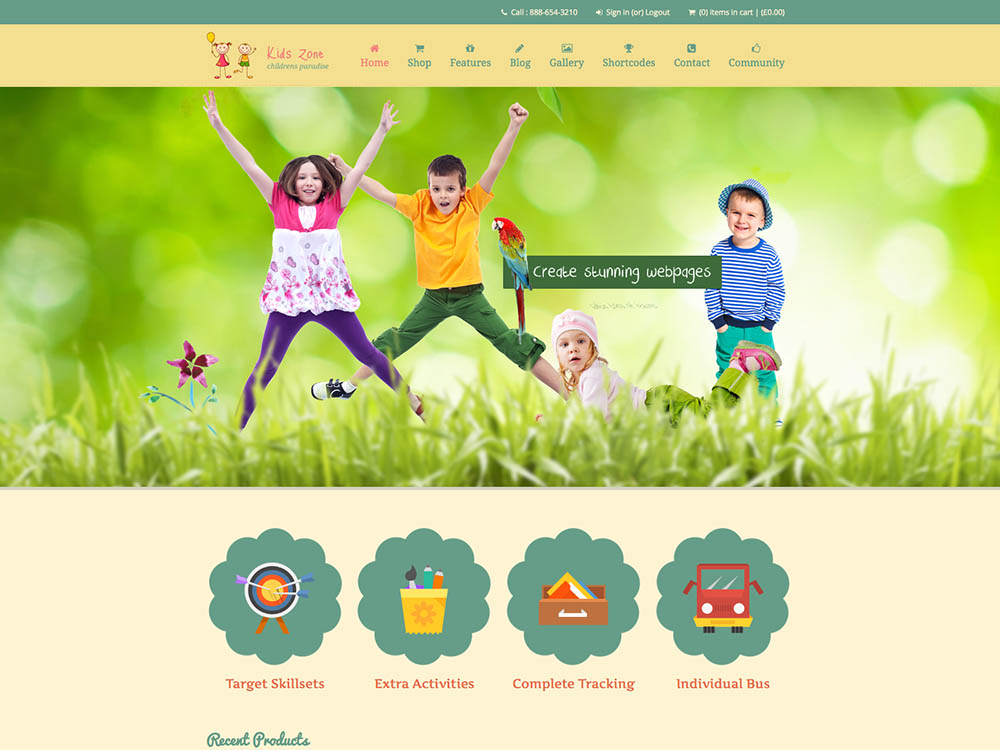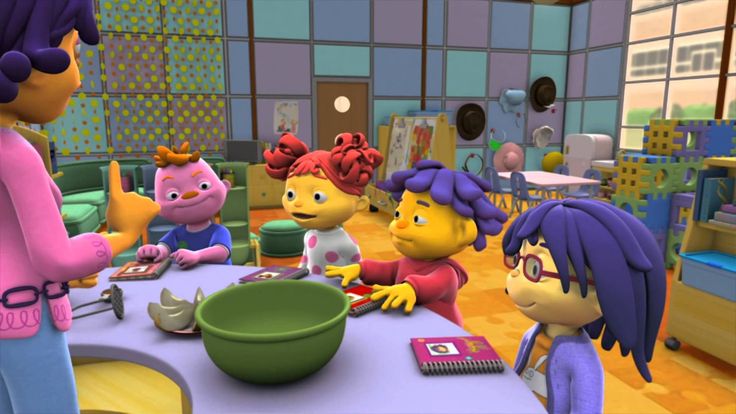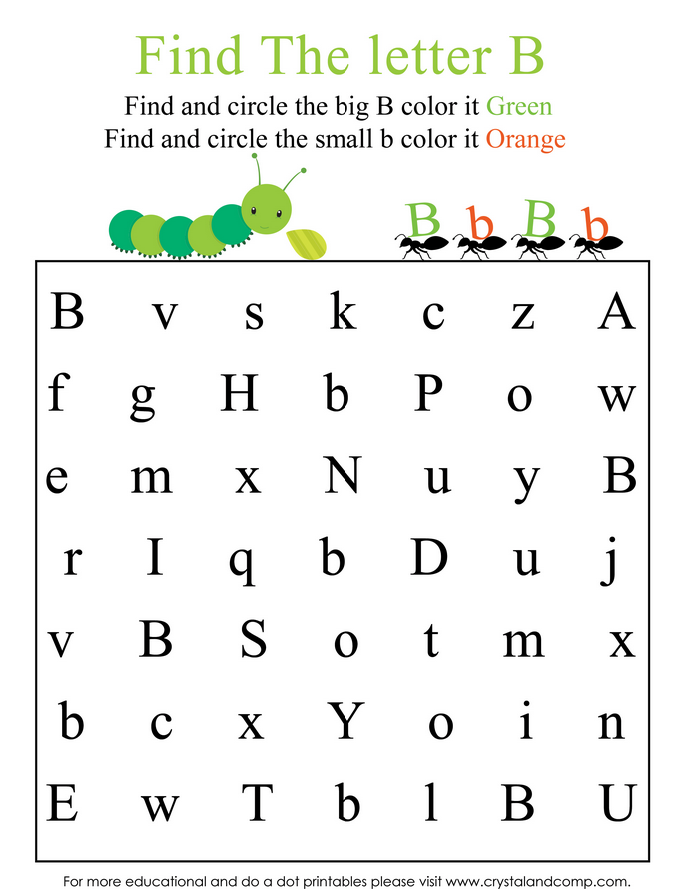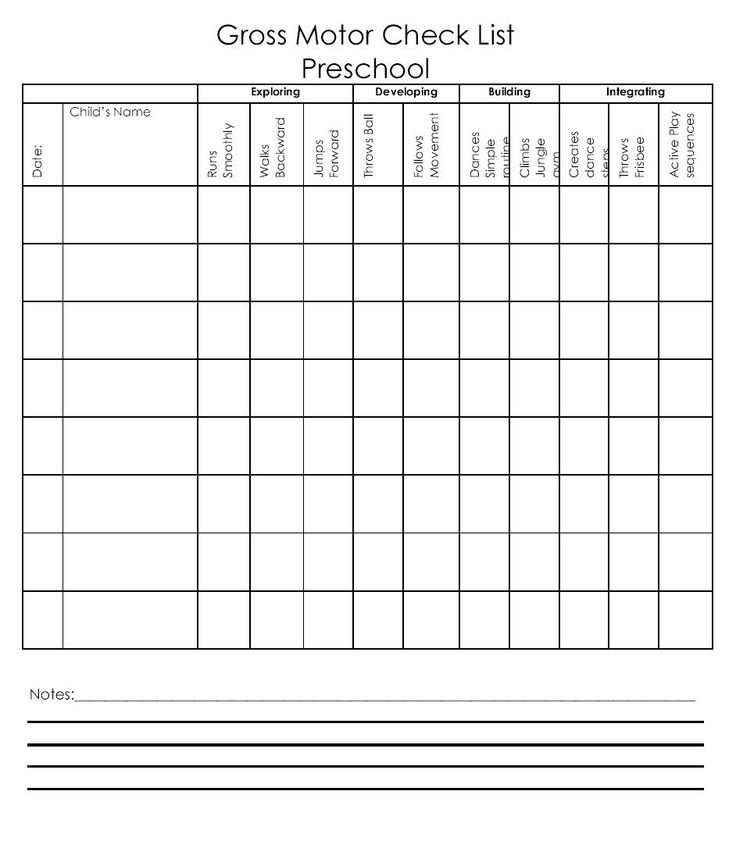Fun learning games for students
Top 10 Classroom Games - Blog
Academic studies naturally coincide with rote teaching styles and textbook work. However, it is important to make learning exciting for students with interactive activities. Incorporating fun classroom games into your lesson plan offers a simple way to motivate your students, and encourage them to draw on their creativity and imagination.
These top 10 classroom games provide fun ways to engage your students in academic learning, without them even realizing it!
1. Charades
This simple but classic game is a great way to encourage your student to get out of their seats and participate in the lesson.
Resources: a list of people, actions, or concepts related to the subject you are teaching.
Game:
Select a student to stand at the front of the room and act out a word from your list (no speaking allowed). The rest of the class must then guess what the student is attempting to portray. Other students can shout out their guesses or put their hands up – depending on your teaching preference! Whoever guesses correctly can act out the next word.
Alternative: A more challenging version involves the student describing a subject-specific word but restricted by a list of forbidden words, e.g. describing ‘habitat’ without using the words ‘home’ or ‘animals’.
2. Hangman
A traditional but interactive game that improves students’ spelling and subject knowledge, but is also enjoyable.
Resources: whiteboard and pen or interactive whiteboard, plus a list of subject-specific words to inspire your students.
Game: Divide your class into two teams then select a student to stand at the front of the class and think of a word related to the lesson (or you could give them a suitable word). The student must then draw spaces on the whiteboard to represent each letter in their word. The rest of the class then guesses the word, one letter at a time (allow one student from each team to guess alternately). Incorrect guesses result in a hangman being drawn (one line at a time). The first team to guess the word wins, unless the hangman is completed.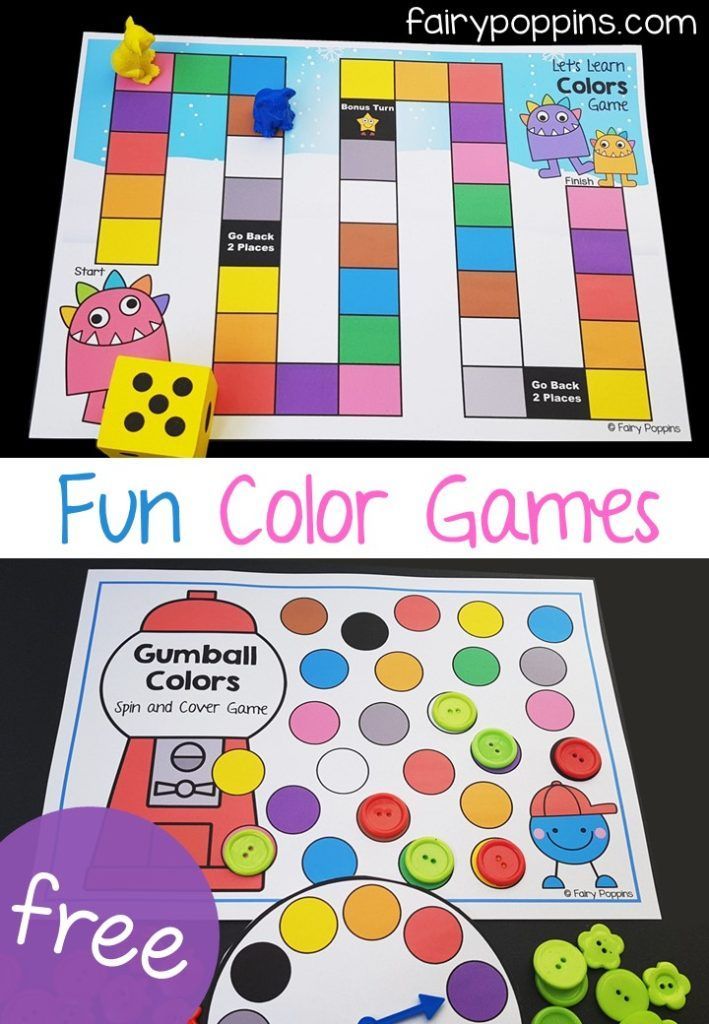 The game then repeats with another student thinking of a relevant word.
The game then repeats with another student thinking of a relevant word.
Alternative: If you feel a hangman would not be appropriate then use a different image – either subject-specific or think creatively e.g. a spaceman or snowman.
3. Scatter-gories
This fun game will encourage your students to think ‘outside-the-box’ and draw on a range of subject knowledge.
Resources: pieces of paper, pens/pencils and a list of subject-specific categories e.g. Earth and Space (topic): rocks, landforms, weather, and solar system (categories).
Game: Split students into small groups and ask them to note down the categories on their pieces of paper. Choose a letter (A-Z) at random and give students 1-2 minutes (depending on how many categories) to think of a word for each category, beginning with that letter. Once the time is up, allocate points for unique answers, i.e. if two teams write down the same word for a category then neither get any points.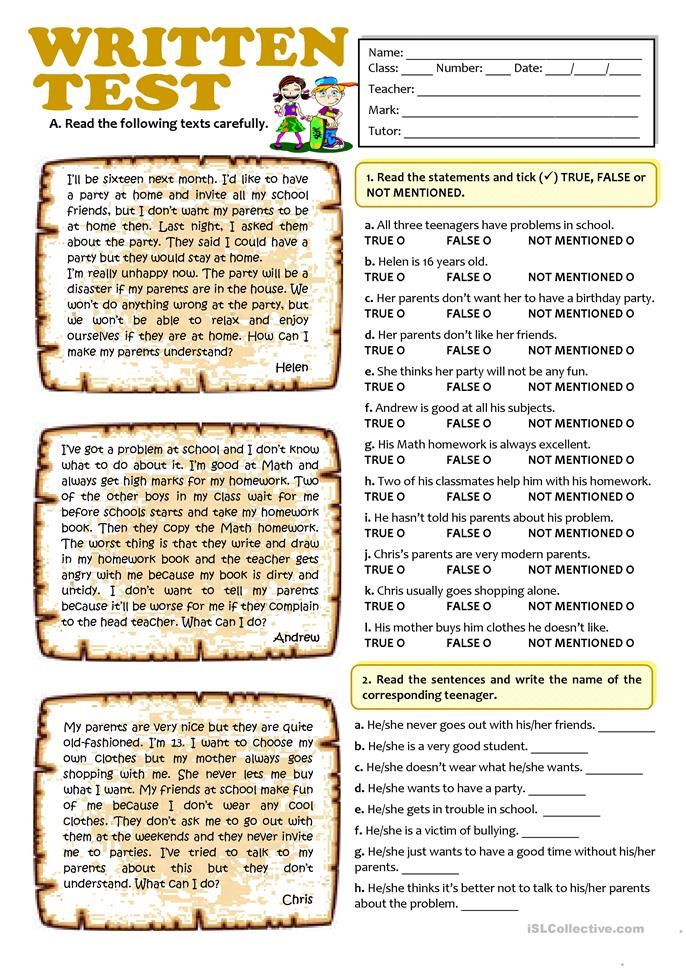 Repeat the game with different letters.
Repeat the game with different letters.
Example: Letter M – Topic: Earth and Space
Rocks: Metamorphic
Landforms: Mountain
Weather: Mist
Solar System: Mars
Alternative: If your class only has a small number of students then they could fill in the categories individually, rather than working in teams.
4. Bingo
A quick and simple game that never fails to motivate students in their learning.
Resources: whiteboards and pen or paper and pen/pencils, plus a list of subject-specific terms or concepts e.g. numbers, phonics, key vocabulary, scientific formulae, or historical figures.
Game: Ask students to draw a 6 x 6 grid on their whiteboards or pieces of paper then select 6 words or images from the given list to draw/write in their grid. You must then randomly select a word from the list to describe, and students must guess the word in order to cross it off on their grid (if present). Continue describing different words until one student successfully completes their grid and shouts ‘bingo!’ (you can also award a prize to the first student who gets 3 in a row).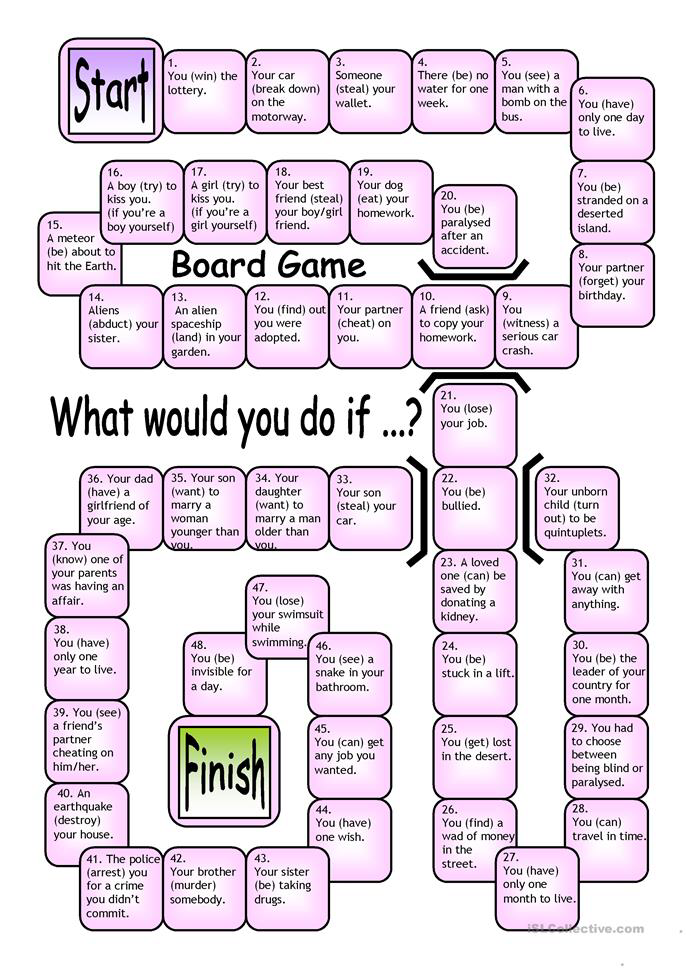
Alternative: Students can insert their own subject-related answers into the bingo grid, but this makes it more challenging for you due to extensive word choice and ambiguity. Also, if you have more time, then you could create your own bingo boards with specific vocabulary or concepts you are covering in that lesson (reusable).
5. Puzzles
This creative group game encourages students to work together and visualize academic concepts in an abstract way.
Resources: images, words, calculations, or concepts printed or stuck on card/paper and cut into random shapes (puzzle pieces) e.g. maths calculations, chemical equations, subject vocabulary, historical figures, etc.
Game: Separate your class into groups (or simply use table groupings) then hand out a puzzle for each group to piece together.
Alternative: Students can create their own puzzles on the computer or draw onto cards/paper for their peers to complete.
6.
 Draw swords
Draw swordsThis quick-fire game tests students’ fine motor skills and promotes quick thinking, as well as generating some healthy competition.
Resources: Dictionary or textbook, plus a list of key vocabulary.
Game: Split your class into small groups and choose a student from each group to start. The nominated student then places the dictionary or textbook under their arm. You then say a word or image which the students must then race to find in their book (like drawing a sword from under their arm!). The first student to find the word/image is the winner. The game continues with different words/images until every student has had a turn.
Alternative: If you have enough textbooks or dictionaries for every student then the whole class can compete against each other.
7. Hot potato
This fun classroom game encourages students to think on their feet and draw on a range of subject knowledge.
Resources: a soft toy, object, or item for each group to pass round e.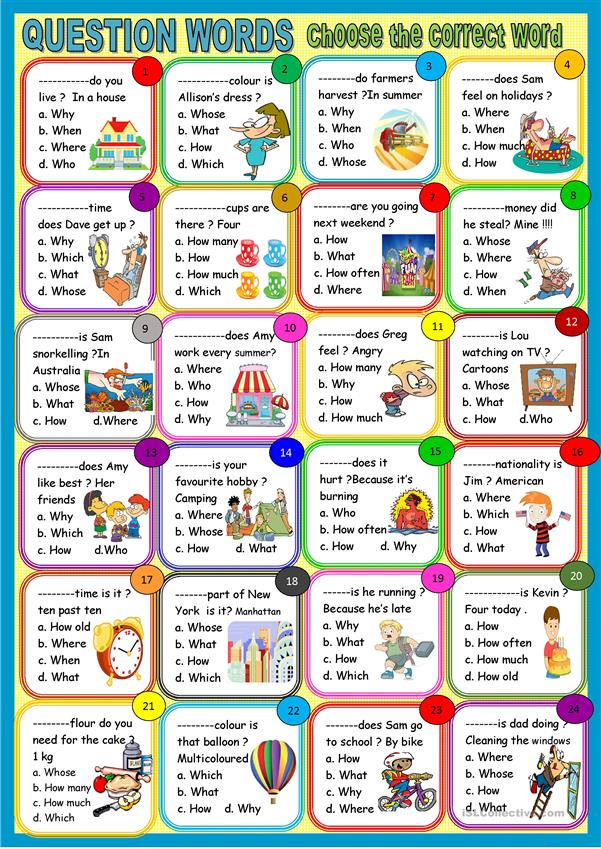 g. bear or ball, plus a list of subject-specific themes e.g. numbers – prime, composite, rational, fractions, decimals, etc.
g. bear or ball, plus a list of subject-specific themes e.g. numbers – prime, composite, rational, fractions, decimals, etc.
Game: Divide your class into small groups and hand out an object/soft toy to each group. The person with the object in each group will start. You name a title or theme, e.g. prime numbers, and it is then a race against time for the student to give 5 correct responses, e.g. 2, 3, 5, 7, 11, before the item/soft toy has been passed around everyone in their small group and returned to them.
Alternative: With small classes, you could play in one large group, however, shy students may find this intimidating because of the pressure to give correct answers.
8. Pictionary
An old classic but also a great way for students to visualize their understanding in a fun team game.
Resources: whiteboards and pens or pieces of paper and pencils/pens, plus a list of subject-specific concepts.
Game: Students work in small groups.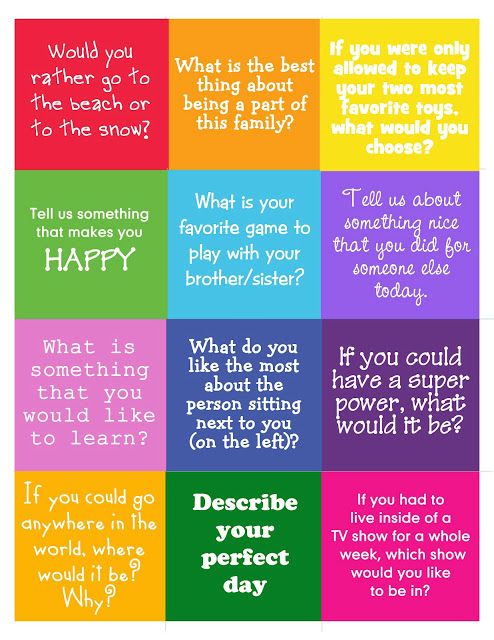 One student from each group is chosen to start and they must draw the subject-related concept you state, within a given time (30 seconds – 2 minutes). The rest of the group must then guess what he/she is drawing. The first group to correctly guess the word wins. The game repeats until every student has had a turn/there are no more words on your list.
One student from each group is chosen to start and they must draw the subject-related concept you state, within a given time (30 seconds – 2 minutes). The rest of the group must then guess what he/she is drawing. The first group to correctly guess the word wins. The game repeats until every student has had a turn/there are no more words on your list.
Alternative: Students could model concepts using playdough for their peers to guess.
9. Quizalize
This fun and engaging quiz game allows you to test your students’ knowledge, in any subject, using a motivating classroom team activity.
Resources: interactive whiteboard, devices for your students or an IT suite and a Quizalize quiz (create your own or choose from thousands of quizzes created by teachers from around the world).
Game: Once you’ve created or found a quiz on Quizalize, simply assign it to your students and they can access it from any device – no apps to install! Students visit zzi.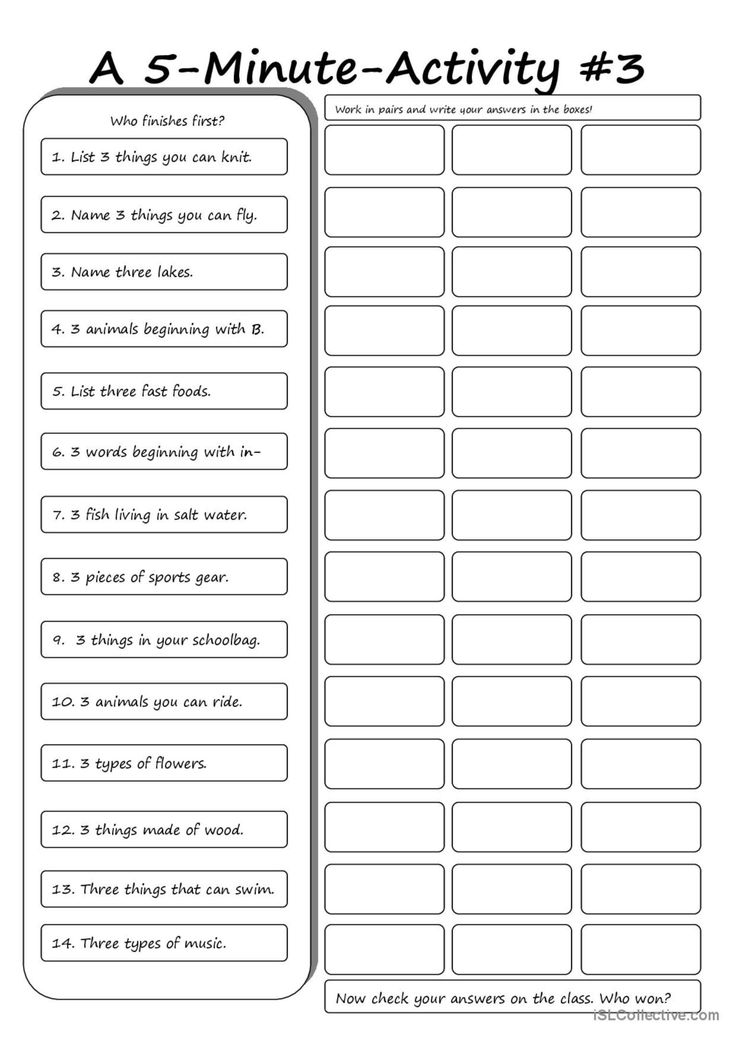 sh, enter their class code (shown on the ‘Launch Game View’ screen) followed by their name, and then they can play the quiz. Students’ results appear in real-time, so they can track their scores while they play
sh, enter their class code (shown on the ‘Launch Game View’ screen) followed by their name, and then they can play the quiz. Students’ results appear in real-time, so they can track their scores while they play
Alternative: You can also set Quizalize quizzes as interactive homework.
TRY QUIZALIZE FOR FREE
10. Thumbs Up, Thumbs Down
Although this game isn’t academic, it is an excellent behavior management tool that endorses hard work amongst students.
Resources: n/a
Game: 3 – 4 students are chosen to stand at the front of the room. The rest of the class then put their heads on the table and hold their thumbs in the air. The 3 – 4 students at the front then carefully tip-toe around the classroom and gently pinch one thumb each, from the students with their heads down. The 3-4 students return to the front of the room, once they have pinched a thumb, and the class raises their heads. The students whose thumbs were pinched then stand and have to guess who pinched them.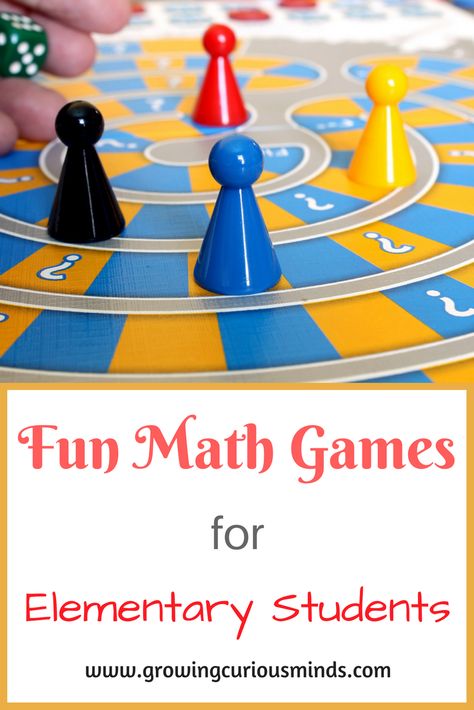 If they guess correctly then they swap with the student at the front, and the game continues.
If they guess correctly then they swap with the student at the front, and the game continues.
Alternative: To make this academic you could ask subject-related questions to select the students for each round.
Try out these exciting classroom games with your students and encourage them to apply their knowledge in new ways. These simple but effective group games are a great addition to any lesson plan.
What classroom games do you like to play? What do you and your students enjoy most about playing classroom games? Comment below – we’d love to hear from you.
Tags:#classroomactivities#classroomgames#fungame#groupgame#indoorgames#lessonplan#smallgroups
21 Fun Classroom Games Every Teacher Needs to Try This Year
What do all kids around the world have in common? They love to play.
Classroom games are a great way to harness the power of play and use it to enhance your students’ learning experience. Not only are games fun and engaging, they can also:
- Help students focus better
- Present educational material in a new and interactive way
- Give the whole class an opportunity to get to know each other better
Keep reading for 21 fun games to play in class, then build them into your lesson plans for more learning!
Math games
When it comes to new math concepts, students usually need lots of practice to master them. Use these math games for kids to make math practice engaging and effective!
Use these math games for kids to make math practice engaging and effective!
1. Prodigy Math
Best for: 1st to 8th grade
Be your students’ math classroom hero with Prodigy Math, an online role-playing game (RPG) that turns math into an adventure.
As students explore the Prodigy world, complete quests and earn rewards, their success depends on answering curriculum-aligned math questions. Prodigy’s adaptive algorithm meets students where they are and tailors questions to their learning needs.
Plus, you can align Prodigy to your classroom lessons! You’ll get tools to help you:
- Differentiate content for every student
- Engage your students with a new and fun way to practice math
- Gather insights to inform the teaching strategies you use every day
Sign up for your free teacher account today and start making math class fun.
Sign up now2. Math baseball
Best for: 3rd to 8th grade
Divide your class into two teams to play math baseball — another activity that gives you full control over the questions students answer.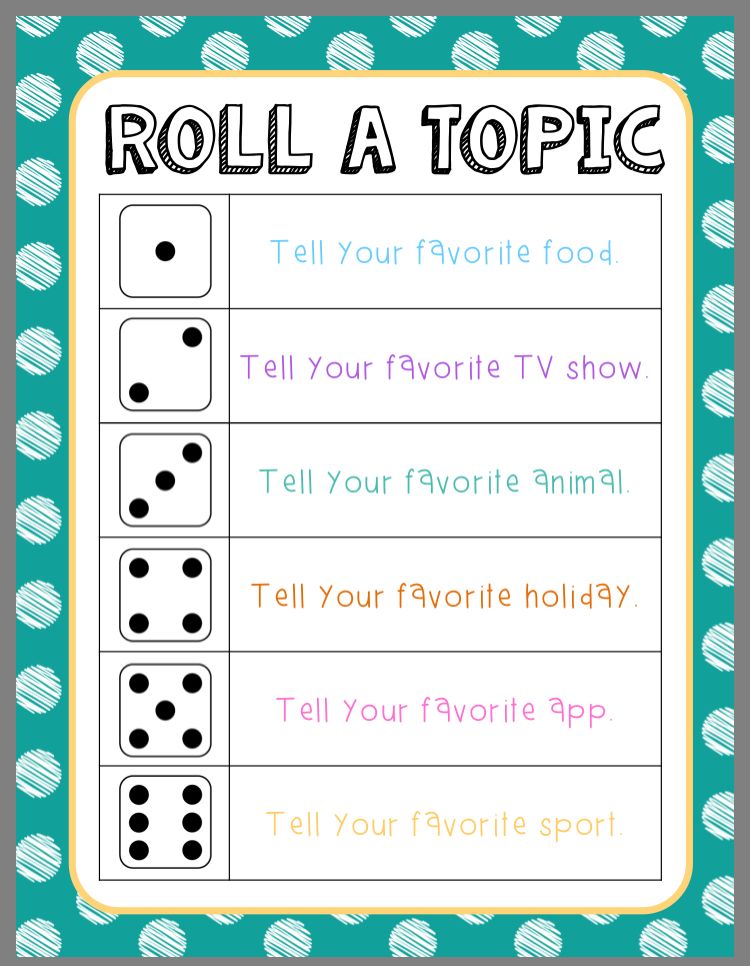 Here’s how:
Here’s how:
- One team will stand at the front of the room and start at bat, scoring runs by choosing questions worth one, two or three bases.
- “Pitch” the questions using flash cards, which range in difficulty depending on how many bases they’re worth.
- If the at-bat team answers incorrectly, the defending team can respond correctly to earn an out.
- After three outs, switch sides.
- Play until one team hits 10 runs.
3. 101 and Out
Best for: 2nd to 6th grade
101 and Out is a fun and effective way to end math class! The goal is to score as close to 101 points as possible without going over.
Divide your class in half and give each group a die, piece of paper and a pencil.
Groups take turns rolling the die, using their best strategic thinking skills to either count the number at face value or multiply it by 10. For example, if the first person rolls a six, they can keep that number or turn it into 60.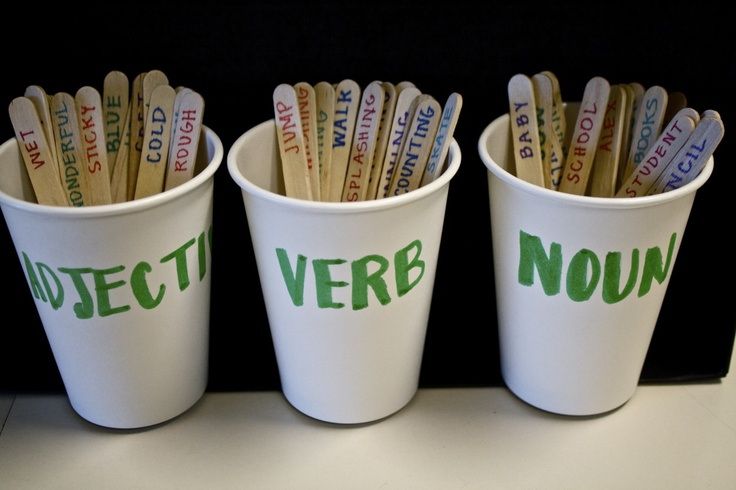
This game gets competitive quickly, and boosts excitement levels in your math class!
4. Get the Math
Best for: 6th grade and up
Make math come to life with Get the Math, a site that prompts your students to solve challenges related to math in different careers and real-world situations.
The website contains videos with young professionals in fields like fashion design or video game development, explaining how they use math every day. You can assign challenges to your class after watching, some of which involve playing fun games.
For example, one of the activities challenges students to use different materials and measurements to design a shirt for less than $35.
5. Fraction War
Best for: 2nd to 6th grade
Always a classic, the card game War can help students practice basic math skills in a more engaging way than traditional worksheets.
This version teaches students the basics of fractions.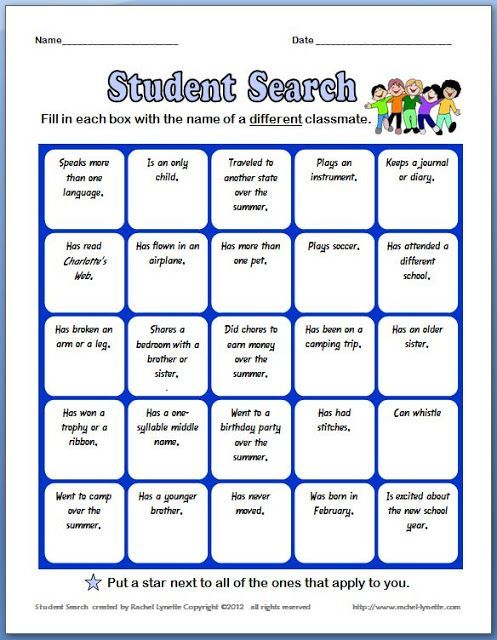 Each student is dealt two cards, one numerator and one denominator. Once they calculate which fraction is larger, the person with the larger fraction wins and gets all four cards! Keep playing until all the cards are gone.
Each student is dealt two cards, one numerator and one denominator. Once they calculate which fraction is larger, the person with the larger fraction wins and gets all four cards! Keep playing until all the cards are gone.
Not teaching fractions? No problem! Use War to give students practice multiplying or dividing with two cards, or challenge students to practice place value and build a number bigger than their opponents’.
English and spelling review games
Make english class F-U-N with these games that boost reading and writing skills. Use them to practice the week’s vocabulary words or give ESL students more practice.
1. Hangman
Best for: 2nd to 6th grade
Can your students solve the puzzle before the hangman is complete? Use this classic game to introduce new sight words to the class or review vocabulary.
Divide students into small groups with pads of paper, or stand up at the front and play as a class. Think of a word and put down one blank space for each letter.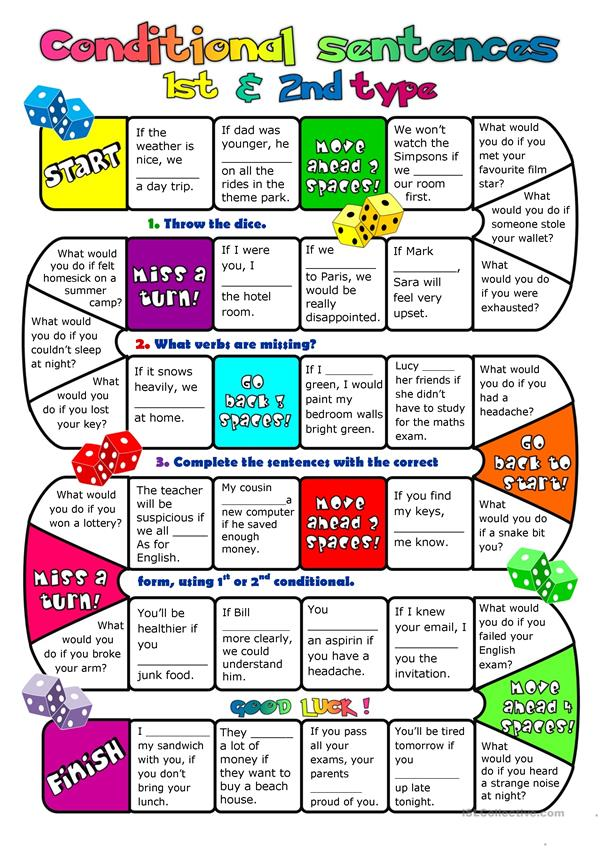 Have students guess letters, and write them in the blank spaces if they’re correct. If they’re incorrect, add another part to your stick figure.
Have students guess letters, and write them in the blank spaces if they’re correct. If they’re incorrect, add another part to your stick figure.
You can also replace the hangman with a snowman for more festive (and kid-friendly) fun.
The game ends when students have either guessed the correct word or the hangman is complete!
2. Bananagrams
Best for: 3rd grade and up
A portable take on Scrabble, Bananagrams is a fun way for kids to practice their word-building skills.
Using a set of tiles with letters on them, students have to create interconnected words and use up all their tiles. The group that finishes first with correctly spelled words is the winner!
Challenge students to play one on one or in groups to practice teamwork and cooperation.
You can purchase official Bananagrams tiles online, but you can also find printables to make your own or use Scrabble tiles.
3. Pictionary
Best for: 3rd grade and up
Another classic game, Pictionary, helps students attach meaning to words that might be unfamiliar to them.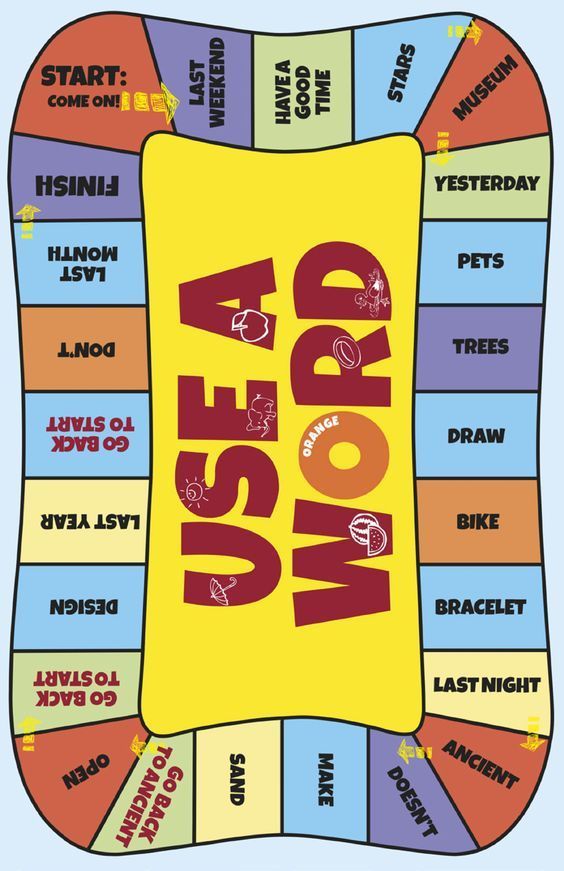 Plus, they’ll get to flex their art skills!
Plus, they’ll get to flex their art skills!
Divide students into two teams or groups, then give each student a pad of paper or a whiteboard with a marker. Have one student stand at the front of the room and draw a word you show them. While they draw, the team has to guess the word. If they guess correctly, their team gets a point!
4. Spelling bee
Best for: 2nd grade and up
Inspire a little competition with a classwide spelling bee. Using your list of vocabulary words, give the first person an opportunity to spell the word. If they need it, give them the definition or use it in a sentence.
If the student is correct, they get to stay standing and move on to the next round. If they’re wrong, they sit down and the next person gets a chance to spell. The student left standing at the end is the winner.
5. Beach ball analysis
Best for: 4th to 8th grade
Keep students engaged and active during reading comprehension lessons with a summer-inspired activity.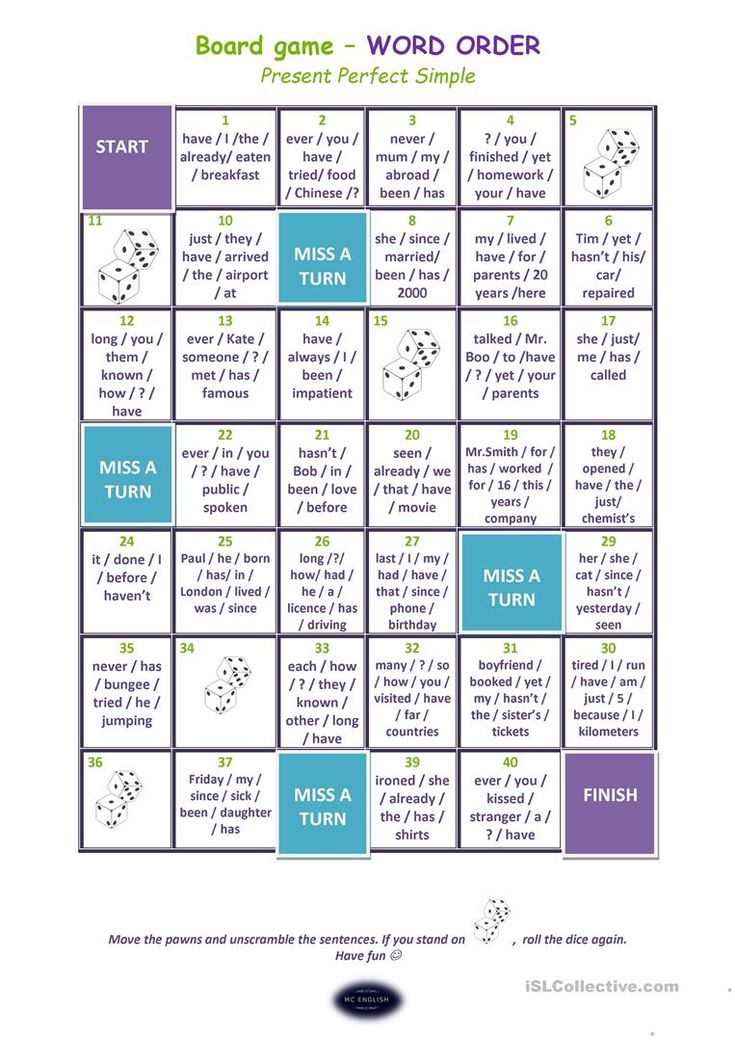
Get a beach ball with colorful stripes and write a question on each section about the story’s:
- Plot
- Theme
- Setting
- Structure
- Characters
As students catch the ball, they have to answer the question their fingers land on. Once they’re done, they can throw it to the next student!
6. Charades
Best for: 1st grade and up
Whether you’re working with ESL students or reviewing vocabulary ahead of a quiz, charades can help students connect meaning to new words.
As a class or in small groups, divide into two teams. Invite the first student up to the front of the room. Give them a word or phrase they can act out in front of their team without speaking. If the team guesses correctly in the allotted time, they get a point! Once the first team’s time is up, the second team can go.
Repeat for as many rounds as you’d like. The team with the most points at the end is the winner!
Active games
Do your students have ants in their pants and fingers that won’t stop fidgeting? These active games are great for getting out extra energy, taking brain breaks or even indoor recess activities.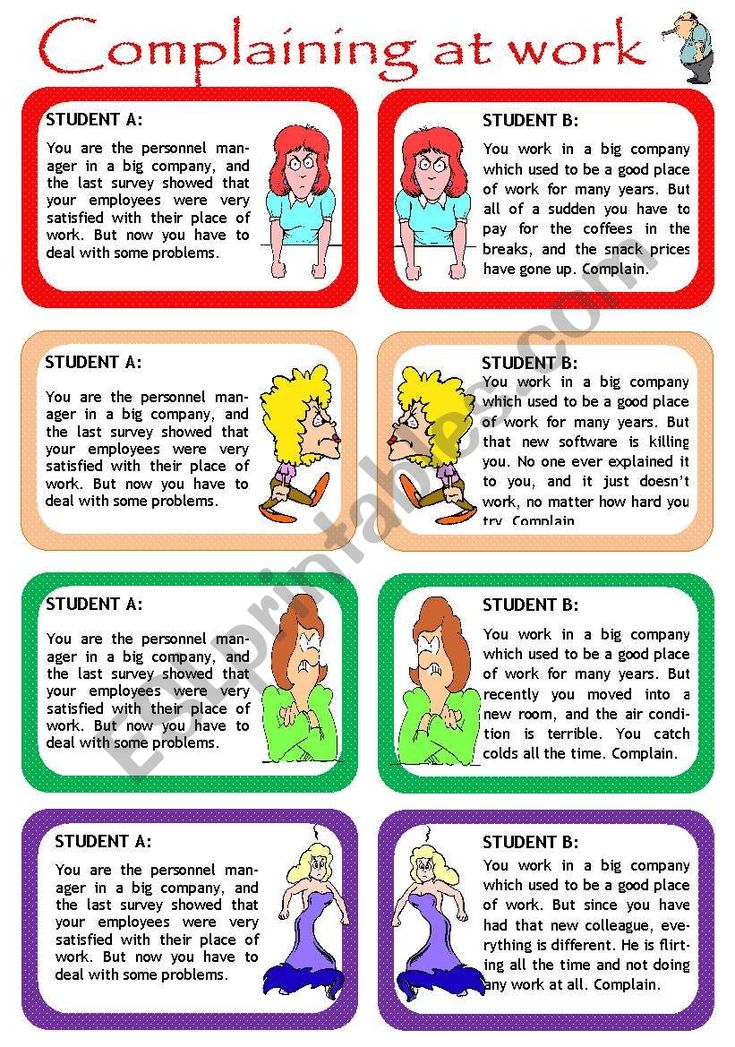
1. Scavenger hunt
Best for: All ages
Send intrepid explorers on a mission to find hidden treasures! For an interactive learning experience, create a scavenger hunt that challenges students to find or collect:
- Items or facts during a class field trip
- Objects with different shapes around their house
- Different leaves and animals in their neighborhood
- Things hidden around the classroom linked to a vocabulary or language lesson
Whether it’s educational or just for fun, scavenger hunts are a fun way for the whole class to engage with the world around them.
2. Freeze dance
Best for: Kindergarten to 3rd grade
Sometimes you just need to dance it out. For a quick brain break, put on some fun music and encourage your students to stand up and dance away — the sillier the better.
When the music pauses, they have to freeze in place. Any student who unfreezes before the music starts again is out!
3.
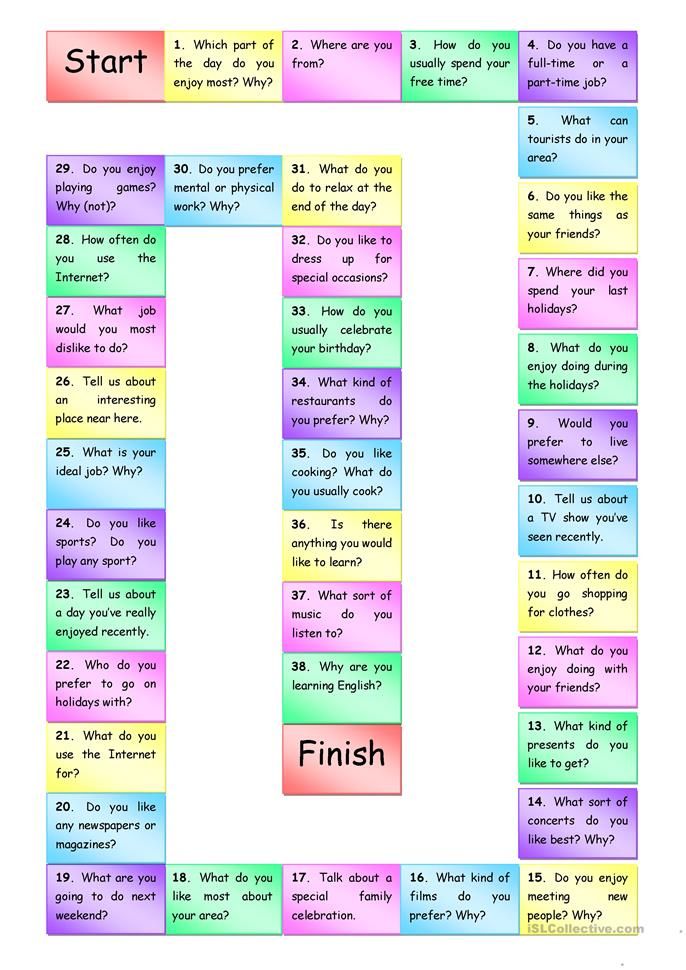 GoNoodle
GoNoodleBest for: Kindergarten to 5th grade
GoNoodle is a tried-and-true favorite of many teachers. Colorful videos and engaging activities promote social emotional skills, active living and academic success!
Whether you need activities for indoor recess or just fun ways for students to get moving more, GoNoodle worked with child development experts to create content that’s engaging and appropriate for young eyes and ears. Students can also complete activities at home to stay mindful and focused, even when they’re not at school.
Teachers can sign up for a free account, or upgrade to a GoNoodle Plus account starting at $10 USD/month.
4. Yoga
Best for: All ages
Not only does yoga help students stretch out the wiggles in their body, it can also help cultivate mindfulness!
Lead your class through some easy stretches as a fun mid-day break or to get them energized first thing in the morning. Whether it’s downward dog or just stretching towards the sky, they’ll benefit physically and emotionally.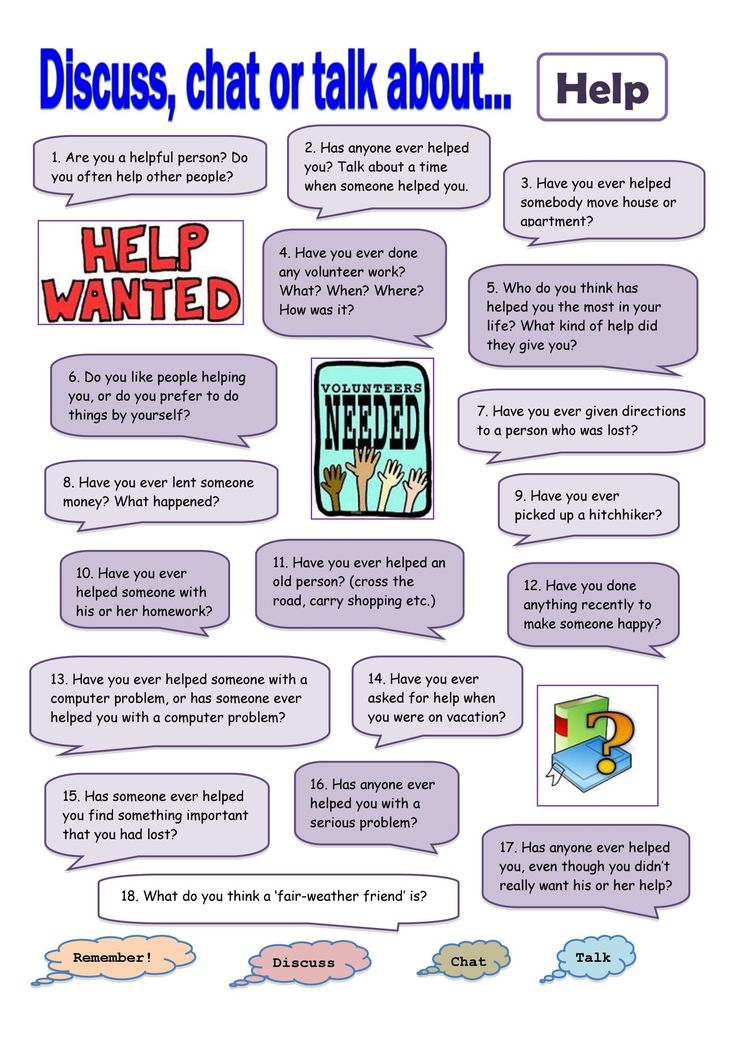
5. Minute to Win It
Best for: 4th grade and up
Based on the game show, Minute to Win It games challenge the whole class to complete simple (or not-so-simple) tasks in under a minute. These interactive games help promote a little healthy competition in your classroom and provide hours of fun.
Some challenges include:
- Speed stacking paper cups
- Rolling a coin between the tongs of a fork
- Building a tower out of spaghetti and string
- Getting an Oreo from your forehead to your mouth without using your hands
Set up a couple different stations and divide the class into small groups. Rotate groups through each activity so the whole class gets a chance to participate.
Team-building games
Want to inspire some classroom unity and get students to work as a team? These games encourage students to put their heads together and solve problems.
1. Icebreaker games
Best for: 5th grade and up
If you have a new class or a group of students who need to get to know each other, icebreaker activities can help:
- Boost morale and motivation
- Get students working together
- Build a rapport between students
Short and easy, icebreaker games are a fun way for students to introduce themselves. Ideas include:
Ideas include:
- Get students to line up by height, birthday, shirt color or any other characteristic
- Play bingo, where each square represents a characteristic and students have to interact and learn more about each other to fill out squares
- Start off the class with a short sentence. The next person has to add to the story without repeating information or getting stuck, so see how long you can keep it going!
2. Jeopardy!
Best for: 6th grade and up
Turn your classroom into the set of a gameshow and bring out your best host impression! Divide the class into two teams and challenge each to answer questions and earn points.
Whether you’re reviewing concepts from class or just testing their trivia knowledge, Jeopardy! encourages teams to work together to answer questions. Plus, there are lots of free templates to help you build your game quickly.
3. Human knot
Best for: 3rd to 8th grade
This is a simple game, but great for teaching students the importance of communication and working together.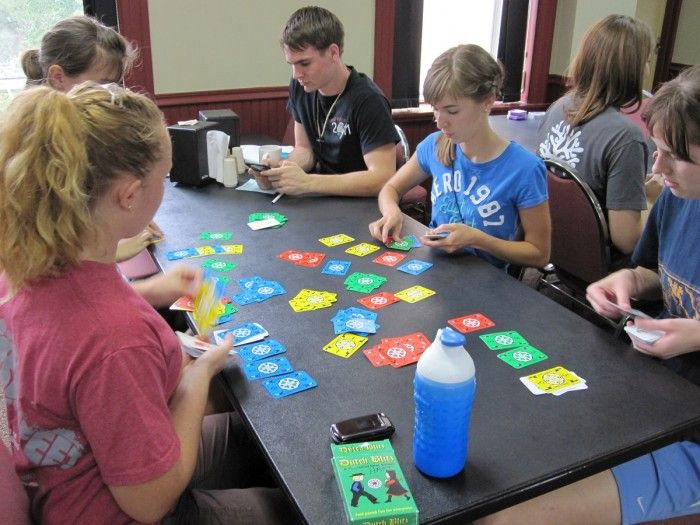
Have students stand in a close circle with their arms out in front of them. Each student must randomly grab someone else’s hand (but never the same person twice). The goal is to organize themselves into a perfect circle without letting go. For an extra challenge, time your students to see how long it takes them to untangle their knot!
If you’re following COVID-related safety protocols in your classroom, use long strings or skipping ropes to make sure everyone can safely social distance.
4. Hula hoop chain
Best for: 2nd to 6th grade
This game also promotes coordination and teamwork! Students stand in a circle and join hands with the person next to them.
Before the circle is closed, place a hula hoop around one student’s arm. The objective of the game is to communicate with team members and pass the hula hoop around the circle without letting go.
Have students close their eyes or blindfold them for more difficulty, or divide the class into two teams and race.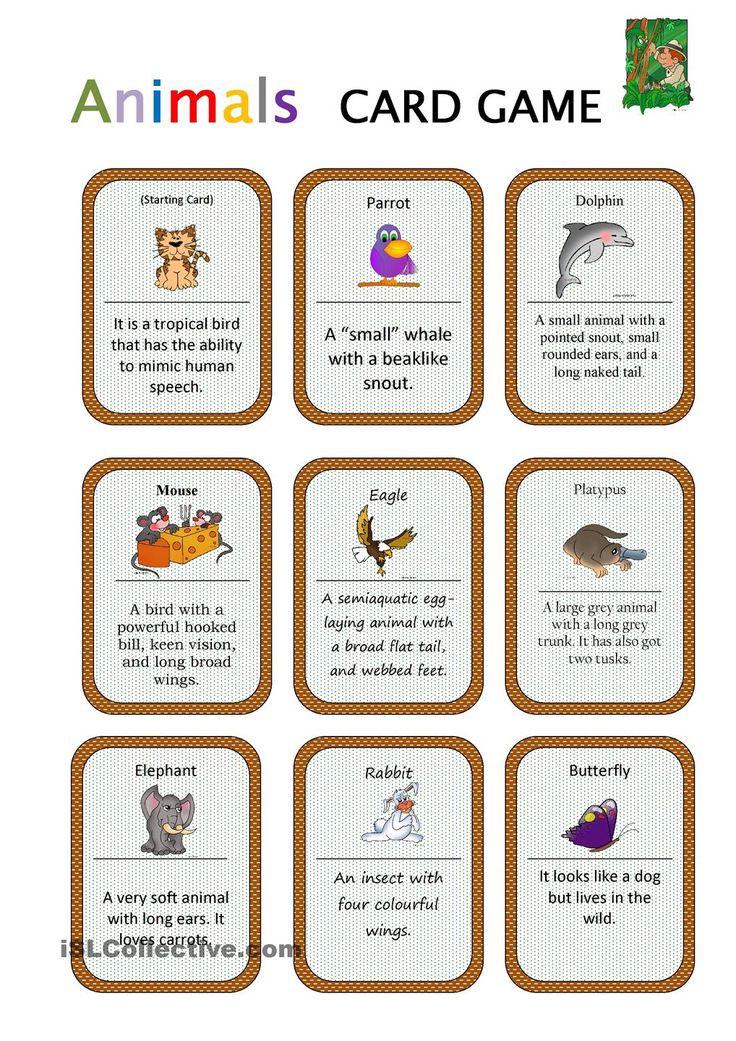
5. Hands-free cup stacking
Best for: 5th grade and up
For this activity, you’ll need:
- 6 paper cups
- A rubber band
- 6 equal pieces of string
Tie the strings around the rubber band and divide your class up into small groups of six (or whichever number words best). Each student holds one string and has to help their team stack the cups into a pyramid by using the rubber bands to grab the cups.
Remember — no hands allowed, so students will have to communicate and work together to complete the task.
Classroom games enhance teacher and student experiences
Every classroom is different, so keep trying new classroom activities and customize them to what your students need.
Whether you want to engage your students during a lesson, occupy them during an indoor recess or build teamwork skills, classroom games can help you keep activities educational and fun. That sounds like a win-win to us!
Prodigy Math and Prodigy English help teachers engage students through the power of digital game-based learning.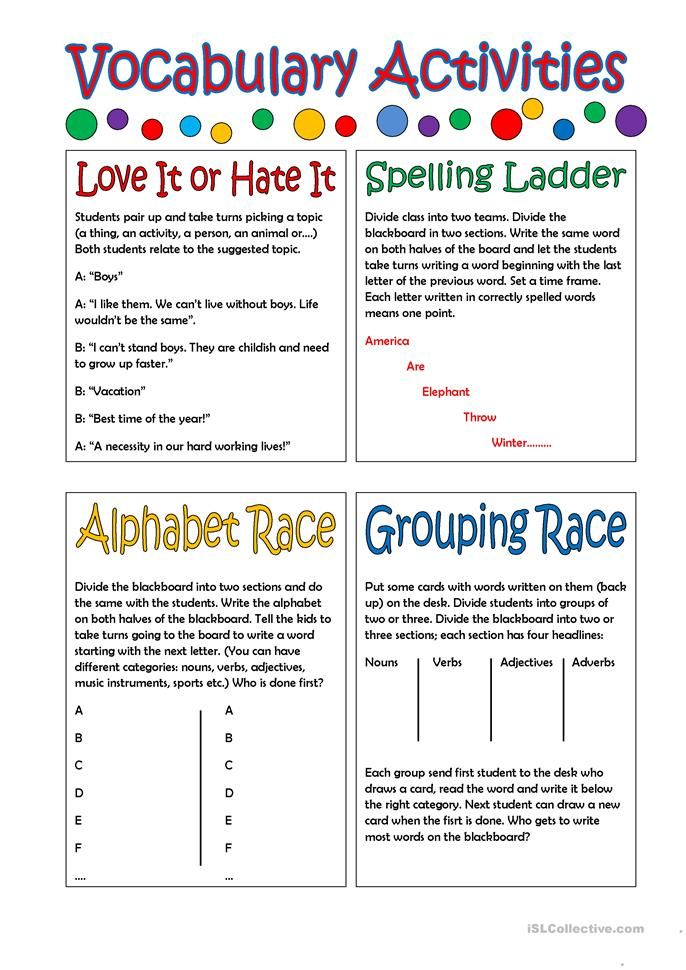 Success in Prodigy requires students to correctly answer curriculum-aligned questions adapted to their learning needs, and gives teachers more ways to make math class fun! Sign up for your free teacher account today to get started.
Success in Prodigy requires students to correctly answer curriculum-aligned questions adapted to their learning needs, and gives teachers more ways to make math class fun! Sign up for your free teacher account today to get started.
4 funny educational games for children from one year old
Although most experts are sure that in the first years of life, the most important thing for a child is contact with a significant adult, active moms and dads always want to keep him “something useful”. Sally Goldberg, in her book Fun Educational Games, published by Alpina Non-Fiction, tells how a child's brain develops from zero to three years old and what simple activities can be offered to him at different ages.
The ability to understand many words and say some of them opens up new ways for your child to participate in the lives of the people around them. He may already ask you for something. You see how he follows simple instructions and begins to understand simple stories.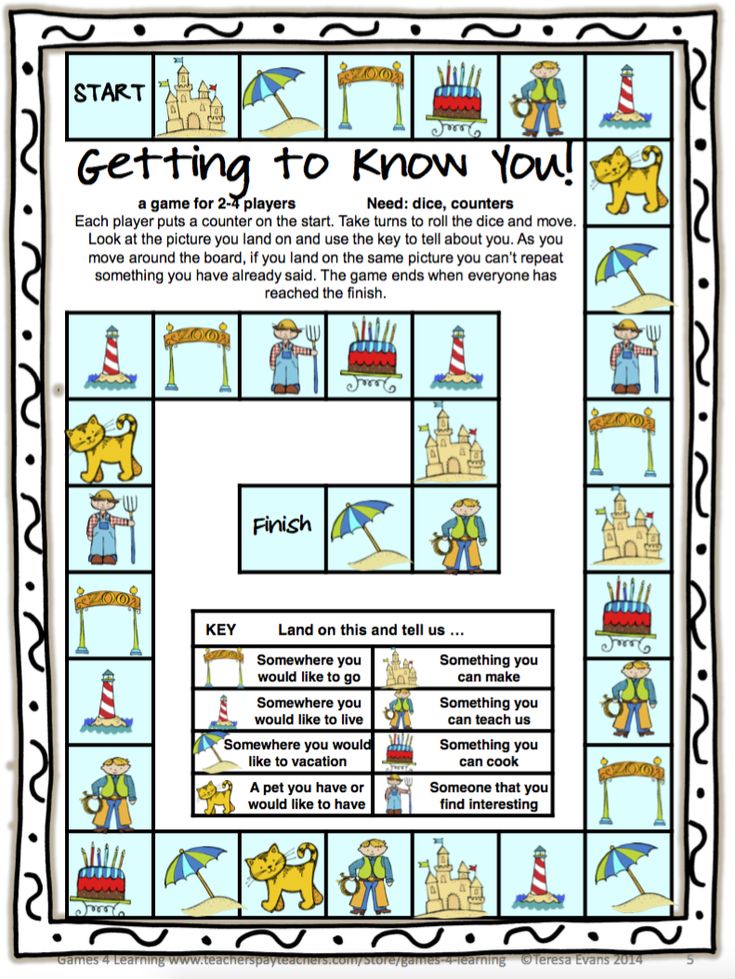
Give him a pencil and he will scribble; put cubes or other similar objects in front of him, and he will begin to arrange them or put them in different places. You probably notice with pleasure that he performs these simple actions meaningfully. Read, sing to your child, and talk to him whenever possible. Throughout the first year of his life, he absorbed everything from the environment that you created for him. Now you can see what he learned this year.
New Year of Life - New Game Level
Your baby used to change a lot from month to month, but now progress has become slower. What you will probably enjoy most about the games below is that they can be played many times, and your child will learn and understand something new each time.
Milestones
- Trial and error
- Touches one object with another
- Follows an object when it is out of view
- Purposefully uses items
- Simulates gestures
- Simulates new actions
- Simulates household chores
- Manipulates small objects
- Places cubes or other objects of the same type one on top of the other
- Begins to scribble
- Starts throwing objects
- Crawls up and down stairs
- Likes rituals and routines
- Follows simple directions
- Likes fairy tales
- Helps around the house
- Likes poems and songs
- Speaks simple words; vocabulary - about 10 words
- Repeats words after others
- Uses various intonations
- Formulates requests from one word
- Identifies one part of the face, usually the nose, and several parts of the body
Development of cognitive skills in purposeful play
1.
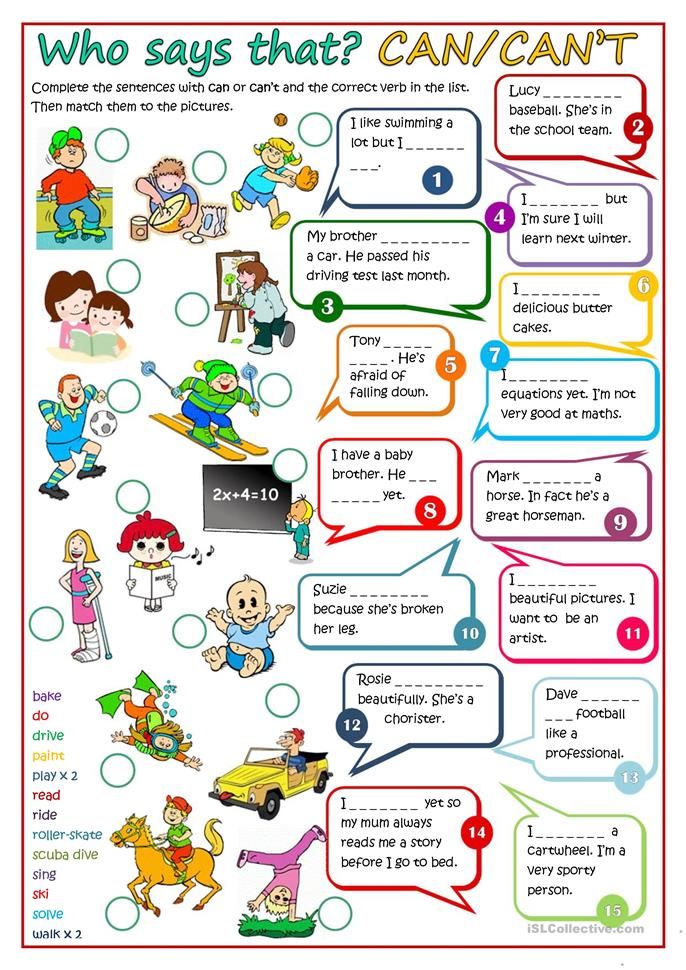 Tu-tu
Tu-tu Children of all ages love trains. At the same time, a home-made train may turn out to be even more attractive for the baby, because its compilation is a creative and fun process.
What you need
Items that can be used to make a train, such as large curlers, empty spools of thread, large beads, small toy cars, empty boxes of portioned products (juices, cereals, etc.). Ribbon, rope, piece of yarn or cord about a meter long.
What to do
1. Assemble the wagons for your train, tie them with a ribbon, rope or string about a meter long.
2. Play how you want! Together with the baby, you can carry the train around the house. You come up with stations and destinations yourself!
3. While playing, tell your child about the sounds the train makes and discuss the parts it is made of.
The Benefits of Playing
Your baby is just starting to walk and talk, and you should constantly encourage him to learn new skills. Therefore, it is very useful to have some funny object on hand so that the baby drags it along to different places. A child who has learned to walk will enjoy the opportunities and freedom that such a toy gives him. Most likely, he will begin to make sounds and pronounce words expressing delight.
Therefore, it is very useful to have some funny object on hand so that the baby drags it along to different places. A child who has learned to walk will enjoy the opportunities and freedom that such a toy gives him. Most likely, he will begin to make sounds and pronounce words expressing delight.
What the scientists say
As stated in the "Best Toys for Toddlers" article on WhatToExpect. com, the game is the main occupation of your baby, his work. When he is fascinated by "puzzles or building blocks, cars or plush toys, cubes or books, he looks like a little scientist." Now he can move more freely, which means he can get to new places, and improved fine motor skills give him more control over the world around him.
As the article states, all this allows the child "to be the boss in his own world (although sometimes the thought is frightening)".
If you are going to buy, borrow or make a toy, variety is the main principle that you should be guided by.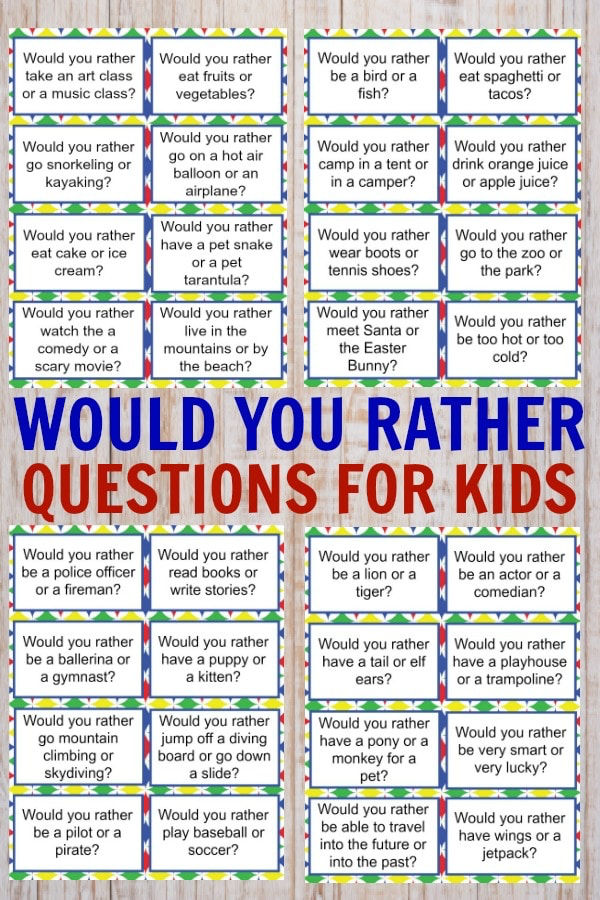 and hand movements and even pattern recognition. “The best toys are those that perform multiple functions at the same time and offer enough freedom of movement to keep your little explorer happy as he grows and develops,” the article says.
and hand movements and even pattern recognition. “The best toys are those that perform multiple functions at the same time and offer enough freedom of movement to keep your little explorer happy as he grows and develops,” the article says.
2. Housework
The child likes to pull or push things. It is easy to associate such activities with some household chores, for example, sweeping. You can buy a special children's set or just take an old broom and cut its handle so that it is not too long for a child.
What you need
Broom and dustpan.
What to do
1. Take a broom and dustpan and show your child how you sweep.
2. Ask him to sweep with you.
3. During the process, talk to him and describe in detail what you are doing.
Benefits of the game
Now your baby has come to a period when he tries to copy you in everything. Take advantage of this. Early development sets the program for further serious study, so try to ensure that the experience is always positive and attractive for the child.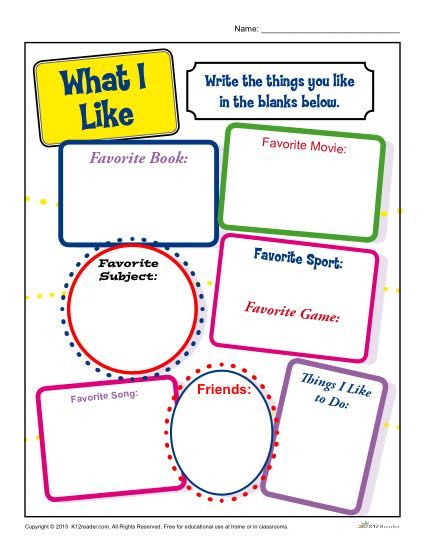
What Scientists Say
As Chana Stiefel writes in the parent.com article What Your Child Learns By Imitating You, your child learns by imitating. She cites Lisa Nalven, a developmental and behavioral expert, who argues that a one-year-old child learns a lot of skills, from speech to social, precisely by imitating adults. Children at this age especially enjoy imitating activities such as sweeping and vacuuming the floor. Try to do different things in front of your child as often as possible, because he learns from your example.
3. Trash can II
The simulation game involves the use of objects for a specific purpose. Keep this in mind when picking up items for your game.
Items needed
Items that can be used in role-play, such as empty plastic bottles, Styrofoam lunch containers, plastic plates, and other containers.
What to do
1. Prepare for a simulation game with your chosen items.
2. Make sure that all objects are safe - no sharp edges or small parts that a child can swallow.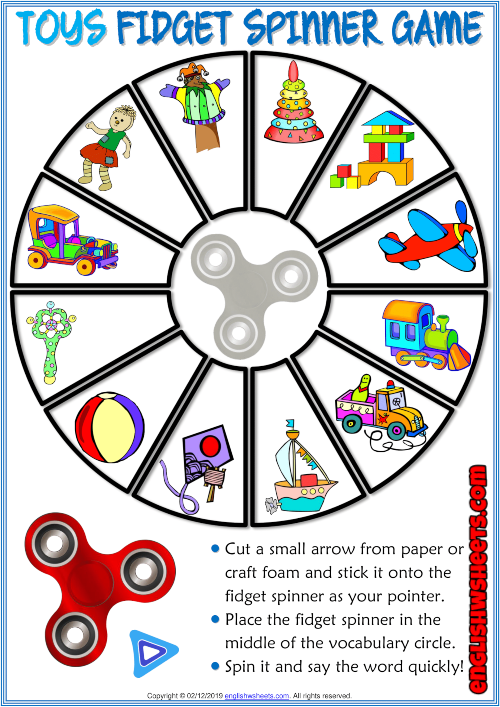
3. Tell your child about the items he uses, making sure your vocabulary is rich enough. Ask questions: “Oh, are you pretending to drink cold water?”
Advantages of the game
Now you can not only describe something to the child, but also invite him to do different things with different objects. If he likes to open and close boxes, come up with some kind of game scenario for this activity. If your child enjoys pretending to eat or drink, talk to him about different foods or drinks. When he was smaller, he had enough explanations of "up and down" and "in and out", but now you can compose any plots for his games, which will be both fun and useful for him.
What scientists say
In the book “Baby and Child. From Birth to Five, Penelope Leach says that for a one-year-old child, the main concept is "play and learn." You can buy many different toys designed specifically for developing this or that skill, but the main thing for a child is to use any object that comes into his hands for learning.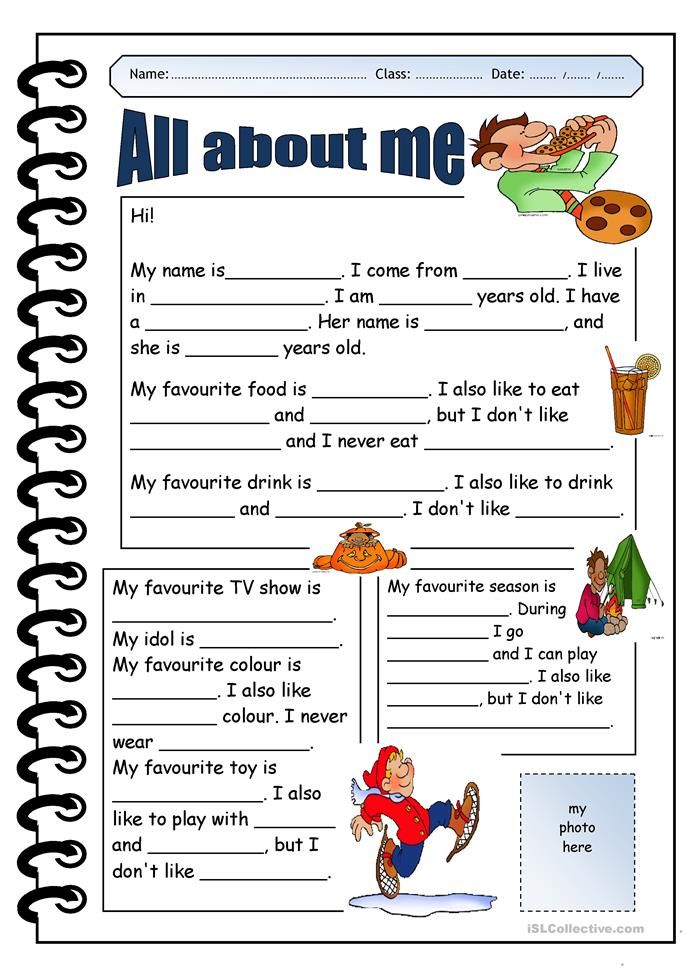 At this age, children strive to learn as much as possible about the world around them and learn to do what adults do.
At this age, children strive to learn as much as possible about the world around them and learn to do what adults do.
4. What is going on?
Day after day, your little one explores the world, trying to figure out what's going on around him. In this exploration game, he can do what he likes: push or pull large objects and manipulate small ones.
What you need
Nothing.
Things to do
1. Choose specific places for your child to explore, such as under a chair, behind a sofa, or in a closet.
2. Always keep an eye on what is happening and keep the child safe.
3. While your child is exploring an interesting place, talk to him and ask questions about what he sees and does there.
Benefits of the game
In a variety of ways, the child strives for one goal - to know the world. In this desire, almost nothing can stop him. He experiences for himself what is "wet" and what is "dry", what hurts, what can be lifted, pushed or pulled, what makes things stop and move, why some objects stick together and others fall apart.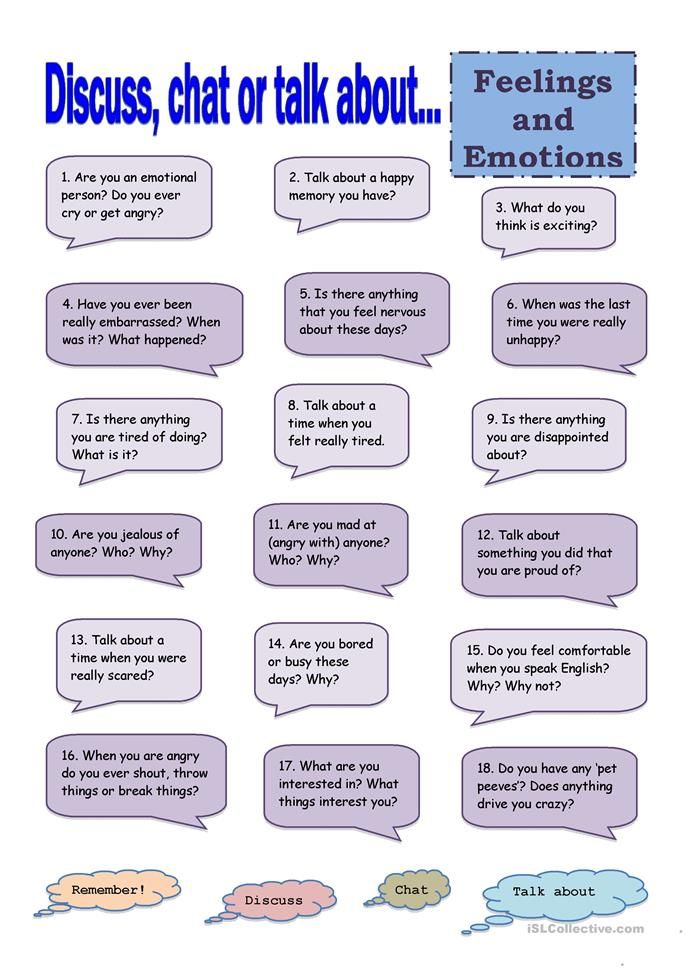
What scientists say
In my book Constructive Parenting, an early learning book, I talk about games from a cognitive development perspective. Throughout the first year of life, children gradually begin to figure out what they can do on their own and what they need help with.
They experiment by looking at, touching, listening, tasting, and smelling objects, as well as dropping, throwing, and making a mess in order to learn something new about life and acquire new cognitive skills as a result. Parents and educators must definitely give the child the opportunity to gain new experiences - through imitation, verbal stimulation, reading and singing. Any interesting event and difficult task will surprise and delight the baby.
Outdoor outdoor games for children
All these games are primarily aimed at physical activity and the release of excess children's energy during a walk. So that the children are not very tired, it will be great to alternate outdoor games with educational games that we told you about in one of the previous articles - educational games for children on the street.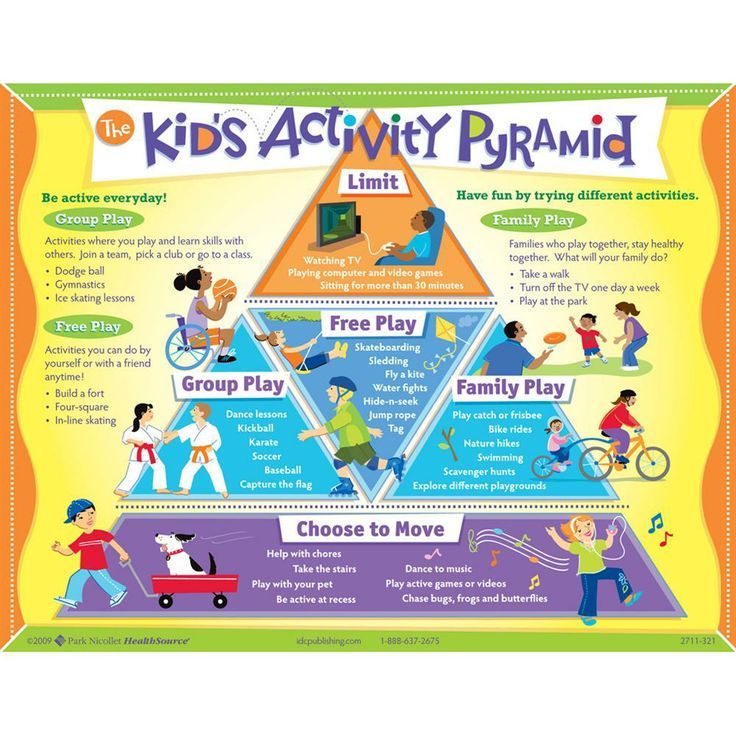
Creek Game
A simple fun game great for kids of all ages. The game helps to learn to overcome constraint. The players are divided into pairs and, holding hands, form a living corridor - a "brook". The player left without a pair runs under the raised hands and chooses a pair for himself. Usually a boy chooses a girl, and a girl chooses a boy, but if there are significantly more boys or girls among the playing boys, then this condition can be neglected. The newly formed pair runs through and stands at the end of the brook, and the player left without a pair runs under the brook, choosing a new pair for himself.
Hide-and-seek game
A game known and loved since childhood. There are a lot of rules and varieties of this game, but the essence is the same. The leader, having closed the hole, counts up to 10, 30, 50 or another number, as all players agree. And the rest of the players are hiding at this time.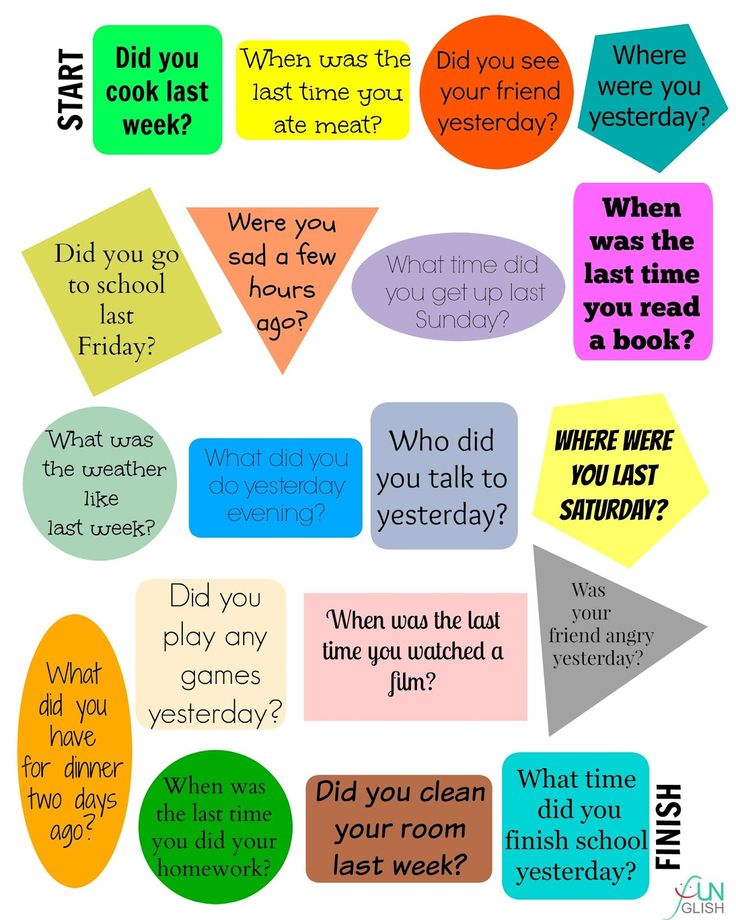 After the leader has counted, he loudly announces “One, two, three, four, five, I'm going to look. Ready or not, here I come!" and goes in search. Further, depending on age, variations are possible. In a simple version, it is enough for the leader to simply find the hidden players and take them out of hiding. In a more difficult one, having found the hiding person, the leader and the found player for distillation run to the “post” and touch it with their hands. If the host ran first, then it is considered that he found the player. If the player ran first, then the find is not counted.
After the leader has counted, he loudly announces “One, two, three, four, five, I'm going to look. Ready or not, here I come!" and goes in search. Further, depending on age, variations are possible. In a simple version, it is enough for the leader to simply find the hidden players and take them out of hiding. In a more difficult one, having found the hiding person, the leader and the found player for distillation run to the “post” and touch it with their hands. If the host ran first, then it is considered that he found the player. If the player ran first, then the find is not counted.
The game ends when all hidden players have been found. By agreement, the player found first or the player found last becomes new water.
Fishing game
All children stand in a circle, the leader stands in the center of the circle with a rope in his hands. Slowly rotating around its axis and periodically changing the direction of movement and speed of rotation, the leader twists the rope. The task of the players standing in a circle is to jump over a spinning rope so as not to get hooked. And the leader's task is to catch all the fish.
The task of the players standing in a circle is to jump over a spinning rope so as not to get hooked. And the leader's task is to catch all the fish.
The player who could not jump over and was touched by the rope is out of the game, the player who stays in the circle the longest wins. If children react painfully to losing, then you can simply change places. The one who was touched by the rope takes the place of the leader.
Game "Warm-Cold"
In a limited area, the leader hides an object. The task of the players is to find this item. The host directs the players with “warm-cold” commands, depending on which is in the right direction. The winner is the one who finds the hidden object first. The winner takes the lead.
Ring-to-ring game
All players stand in a row or sit in a row on a bench and stretch their arms forward like a boat. The leader has a small object hiding in his hands - a ring, a pebble, a candy, a leaf, etc.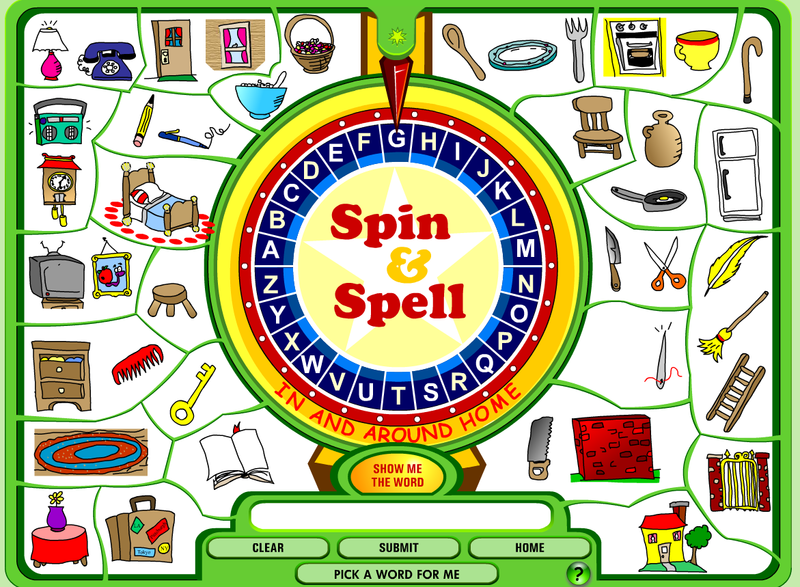 The host walks around and, stopping at each of the participants, pretends to give the “ring”, and really gives it to one of the players. After the host has bypassed all the players, he steps aside and says “Ring-ring, go out on the porch.” The task of the player, in whose hands the ring really fell, is to run out of their row or get up from the bench and at the same time not be caught by other players. In this case, he becomes the leader and the game starts again.
The host walks around and, stopping at each of the participants, pretends to give the “ring”, and really gives it to one of the players. After the host has bypassed all the players, he steps aside and says “Ring-ring, go out on the porch.” The task of the player, in whose hands the ring really fell, is to run out of their row or get up from the bench and at the same time not be caught by other players. In this case, he becomes the leader and the game starts again.
Classics game
Classics are drawn with chalk on the asphalt. There are many options for drawing classics. For the youngest children, it will be enough just to draw the classics and offer to jump in order in the cells, and at the same time practice counting! Older children play a more complex version. Players take turns picking up a cue ball and throwing it. First you need to throw a pebble on the number 1. If the player hits, then he jumps all the cells and comes back, and on the right cell on the way back he takes the pebble with him.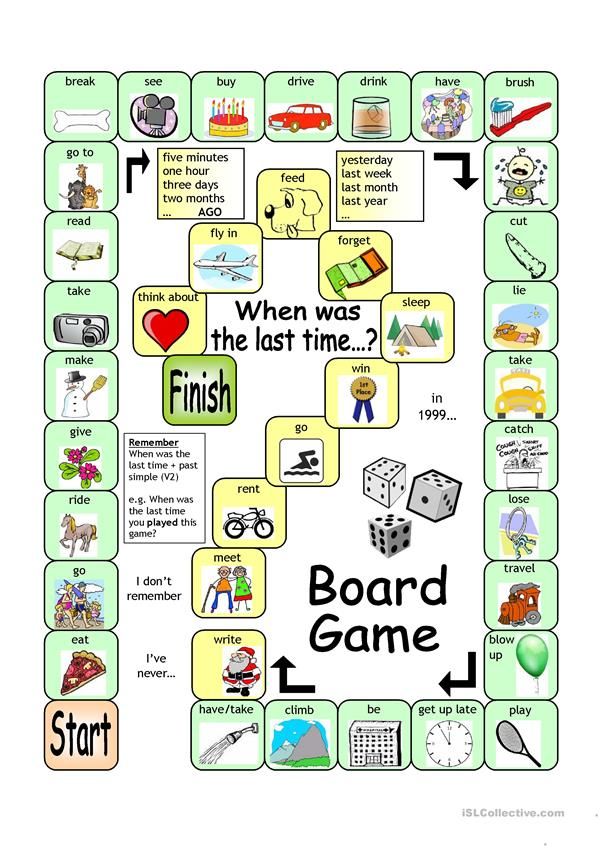 Passes the pebble to the next player and he does the same procedure. After everyone jumped by throwing a stone on 1, the next task is to throw a stone on the number 2, 3, etc. You can not hit with a pebble or step when jumping on the line and on the fire. The player who makes a mistake can either be out of the game, or simply the attempt is not counted and the next player enters the game.
Passes the pebble to the next player and he does the same procedure. After everyone jumped by throwing a stone on 1, the next task is to throw a stone on the number 2, 3, etc. You can not hit with a pebble or step when jumping on the line and on the fire. The player who makes a mistake can either be out of the game, or simply the attempt is not counted and the next player enters the game.
The most interesting thing begins when you need to hit the far squares with a pebble, because. it requires dexterity and accuracy. The player who jumps the hopscotch first by throwing a pebble on all the cells wins.
Rubber band games
You can't go anywhere without them, but girls jumping into rubber bands are becoming less and less visible on the streets. We had equally popular 2 rubber band games.
The first is a classic rubber band, and the second is a gossamer. Both games require an ordinary elastic band, tied with the ends in a circle and a minimum of three players.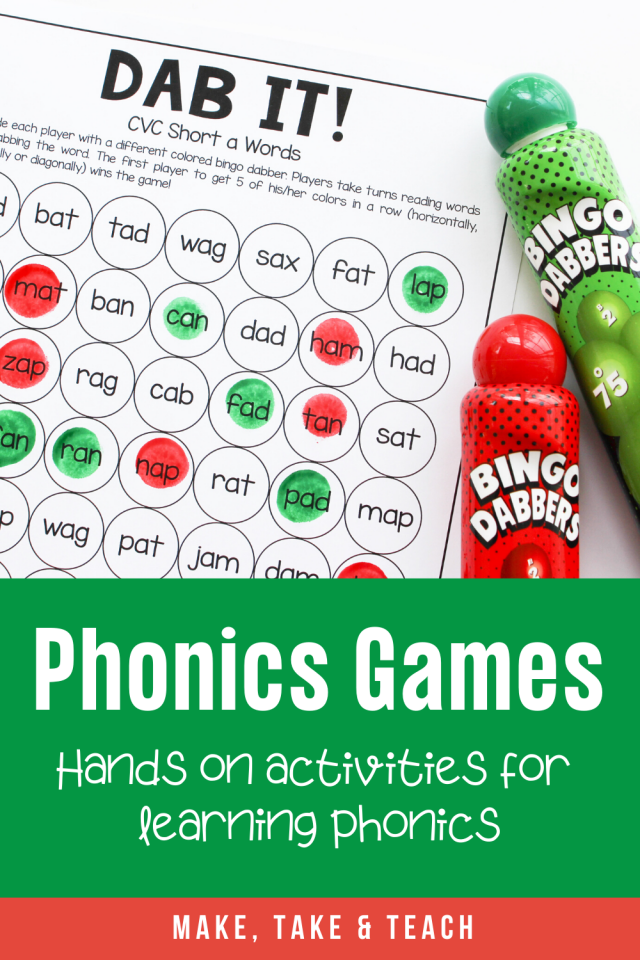
In the classic rubber band - the player's task is to jump through various options for jumping through the rubber band. As the player successfully copes with the tasks, the rubber band first rose higher from the ankles to the knees, then to the hips, belt, chest, neck and, scary to remember, raised up hands. Then everything is the same, only on a “narrow” rubber band. As soon as the jumping player makes a mistake, he takes the place of one of those standing and holding the rubber band, and the other player starts jumping ... the player's task is to get through this cobweb without hitting the rubber band.
Traffic Light Game
A fun game for kids of all ages.
Two lines are drawn on the asphalt at a sufficient distance from each other. All players stand in front of one of the lines in a row. One player in the center between the lines becomes his back to the players. The facilitator comes up with and calls any color out loud. All players whose clothes have this color can easily move from one line to another, but the task of the players who do not have this color in clothes is to run to the second line so that the leader does not catch up and piss off the player.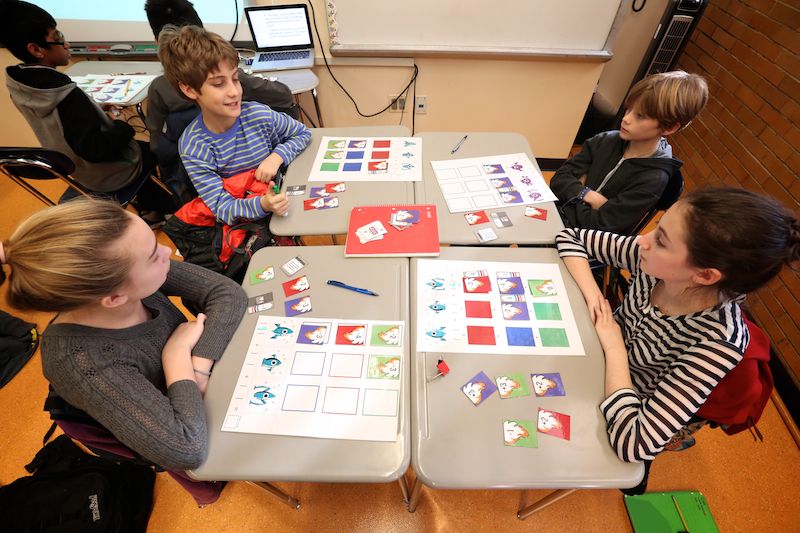 The one whom the leader taunted becomes the leader himself.
The one whom the leader taunted becomes the leader himself.
Game “Sea Figure of the Agrek”
The host, turning away from the players, says counting:
Sea is worried once,
Sea are worried about two,
Sea,
Sea Figure in the place of the delay.
While the facilitator is speaking, all players move as they like, but as soon as the facilitator is silent, all players must freeze, depicting “sea” figures. The leader in turn approaches each of the players and tries to guess - in whose role the player froze. The “sea” figure is a conditional concept, so you can guess anyone - birds, fish, animals, etc., as long as your imagination is enough. For very young children, the game can be difficult, but there is an easier option when children just need to freeze - do not move, do not speak, do not laugh looking at the figures of other players. And the first one who could not stand it and began to speak or move - becomes new water.
The game "Bouncers"
Along with hide-and-seek and netting, the game of bouncers is also one of the favorite children's games.